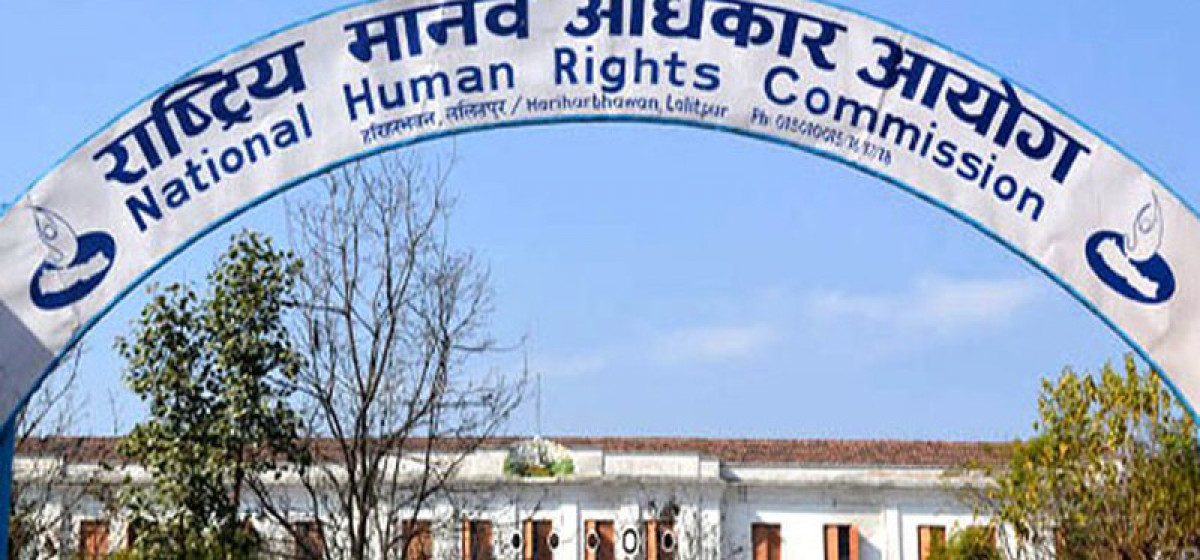The massive disastrous events continually occur imposing a great threat to the present day human civilization, particularly on the aspects of development and socio-economic arena of people. The frequency and magnitude of the natural and human induced disasters are on the rise. When a disaster strikes, it hits hard and affects the low income countries where poverty, poor and inadequate infrastructure further make the situation worse.
Standing at the intersection of technology and mankind, we find geospatial tools as an acute key to effective disaster response and management. Geographic Information System (GIS) techniques, Global Positioning System, Satellite Imagery and Vulnerability mapping are now extremely used to facilitate disaster management. The production of interactive maps and geographic models with the help of these geospatial techniques makes easier to understand and visualize the effects of the disaster which ultimately helps in deploying rescue teams effectively and undertake post-disaster rehabilitation, recovery and construction.
Several aspects and stages are involved in an effective disaster management cycle. There are three basic phases of disaster management: pre-disaster, during disaster and post disaster.
Disaster Prevention and Preparedness
Using anticipatory actions for improved monsoon readiness: Lear...

Occurrence of disasters is inevitable. However, the effects and consequences of disasters can be reduced to a larger extent with the help of various strategies and plans. Geospatial data in the form of topographical map depicting all the land features, settlement areas, disaster prone areas and relief stations is one of the essential materials for any disaster preventive intervention. The base map gives insights regarding disaster prone areas, areas with facilities during the time of crisis and possible area to relocate and rehabilitate. In addition, topographic maps can also be used while carrying out planning works for post-disaster reconstruction programs.
Response
In the time of crisis, when a disaster has just stricken, geospatial data can be more of a help for government or the rescue team to find more details about damaged houses and structures and accessible roads to reach disaster affected areas for carrying out rescue works as early as possible.
Post disaster Rehabilitation and Recovery
Post disaster rehabilitation and recovery consists of support strategies and further plans that are geared towards the reconstruction of stronger and safer human centered infrastructures and consequently bringing back the economy of the nation on track.
Geospatial data helps in developing strategies for recovery efforts and monitoring reconstruction programs for preparing designs and environmental planning.
Thus, geospatial data and techniques can be used for responding to and managing natural catastrophes more effectively to bring about the relief in the time of crisis.
The writer is a Geomatics Engineering student.


































